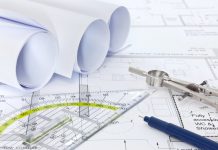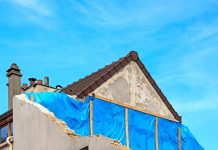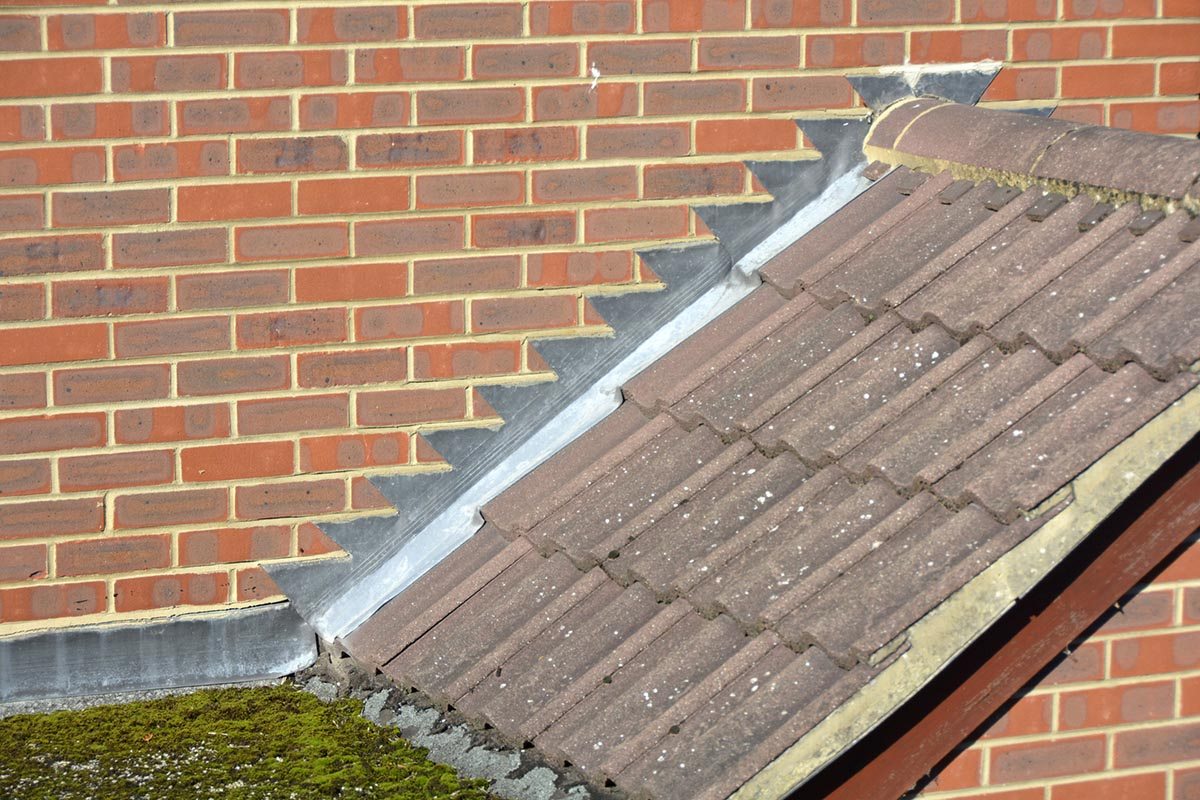Chairman of the Faculty of Party Wall Surveyors (FPWS), Alex Frame, provides advice regarding underpinning and a compensation trap to avoid.
I have always advocated and taught faculty members not to agree to underpin an Adjoining Owner’s property. My reasoning being, particularly with regards to partial underpinning, that problems will occur resulting from the work as differential movement will almost certainly occur.
Claims will therefore abound, and therefore wherever possible I would say to reject any scheme that shows underpinning or such works to an Adjoining Owner’s property, and request that the Building Owner reconsiders his scheme and details a design that will not involve the Adjoining Owner’s property.
I now have another reason to reject such a scheme, which will protect the Building Owner from having to provide compensation in accordance with s7(2) of the Act which states:
The building owner SHALL compensate any adjoining owner and any adjoining occupier for any LOSS or damage which may result to any of them by reason of any work executed in pursuance of the Act.
The capital emphasis is mine simply because it is a must and not a maybe and covers loss as well as damage.
I have a case in mind whereby the Building Owner (Developer) designed a scheme that abutted the Adjoining Owner’s property and undertook to underpin in accordance with s6(3) which states:
The building owner may, and if required by the adjoining owner shall, at his own expense underpin or otherwise strengthen or safeguard the foundations of the building or structure of the adjoining owner so far as may be necessary.
Notices were properly served, surveyors properly appointed and an Award properly made and served. The work was carried out and no damage was caused – everyone was happy. However, the Adjoining Owner rightly informed his insurers that his house had been underpinned to which the reply was that his premium doubled and with no logical explanation. One would think that an underpinned house was at less of a risk from subsidence than one which had not been done.
The Adjoining Owner tried other insurers and found the same answer – a higher premium. The Adjoining Owner had therefore no alternative but to make a claim against the Building Owner under s7(2) as he had suffered LOSS as a result of the Building Owner’s work. The Building Owner has now to pay the difference, which in this particular case only amounts to a few hundred pounds.
The sting also comes in that all future premiums are going to be higher and will affect the successors in title of the property. How is this going to be calculated is difficult to say, other than some kind of offer of a calculated figure covering the next six years, which is the limit of a claimable period.
If however, s6(3) is invoked by the Adjoining Owner, it could be argued by the Building Owner that he will not be responsible for any insurance premium increase given that he has brought it to his attention and the work is not necessary.
Nevertheless, as I say and advise, do not undertake any work to an Adjoining Owner’s property, or at least not without making the Building Owner aware of possible claims against him. This also comes within your duty of care to give the correct advice to ensure that you are not exposed yourself as being the expert.
Alex Frame
Chairman
Faculty of Party Wall Surveyors (FPWS)
Tel: +44 (0)1424 883300











